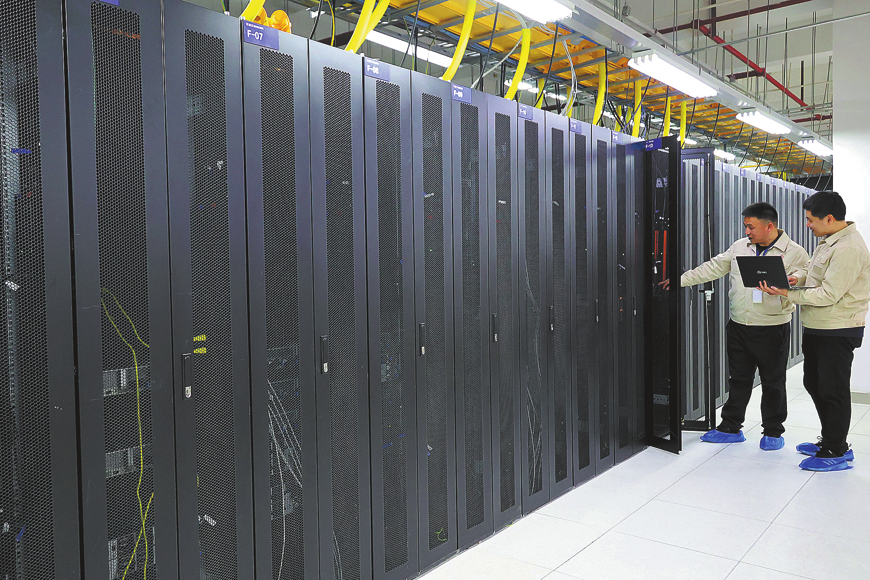Fast forward

Infrastructure construction took a giant leap in China earlier this month when after just 39 months, the $33 billion (23 billion euros), 1,318 km high-speed railway line started daily services between Beijing and the financial center of Shanghai. Though the high-speed rail service has been attracting lots of bouquets and brickbats in recent times, there is no denying the fact that it is an awe-inspiring network that spans nearly 10,000 km in length. That, in other words, is no mean feat considering that high-speed trains commenced operations only in 2007 with the 350-km per hour trains plying between Beijing and the neighboring port city of Tianjin.
|
||||
The growth since then has been fast, much like the trains they represent. While the lengthy network stands testimony to these achievements, it is not surprising to recollect that the transition to such a network was not an easy one.
"Road transport often involves higher costs, as it uses more fuel than rail transport. With so many expressways laid out, it meant that China would have to import a lot of crude oil to support its road network. That, indirectly, would mean that China's economic lifeline is dependent on external sources," he says.
 |
Many experts including Wang had at that time advocated for railway expansion to be undertaken at a similar pace to that of expressways. But there were also some experts who argued that the setting up of a large-scale high-speed rail network construction would pose severe financial risks.
Such doubts were not uncommon as high-speed rail network was still in its infancy in the rest of the world. Setting up these networks was an expensive proposition and few developed countries had tested the waters. Estimates from that period indicate that it would cost as much as 300 million to 400 million yuan (32.4 million to 43.2 million euros) to set up a kilometer of high-speed railway line.
Experts at that time felt that rather than invest in high-speed rail networks, China should focus on expanding the capacity of the existing railway lines and increasing the operating speed.
Today's Top News
- Reunification will only make Taiwan better
- Outline of Xi's thought on strengthening military published
- Targeted action plan to unleash consumption momentum
- Separatist plans of Lai slammed
- Sinologists help to bridge civilizations
- HK unveils sweeping steps after huge blaze































